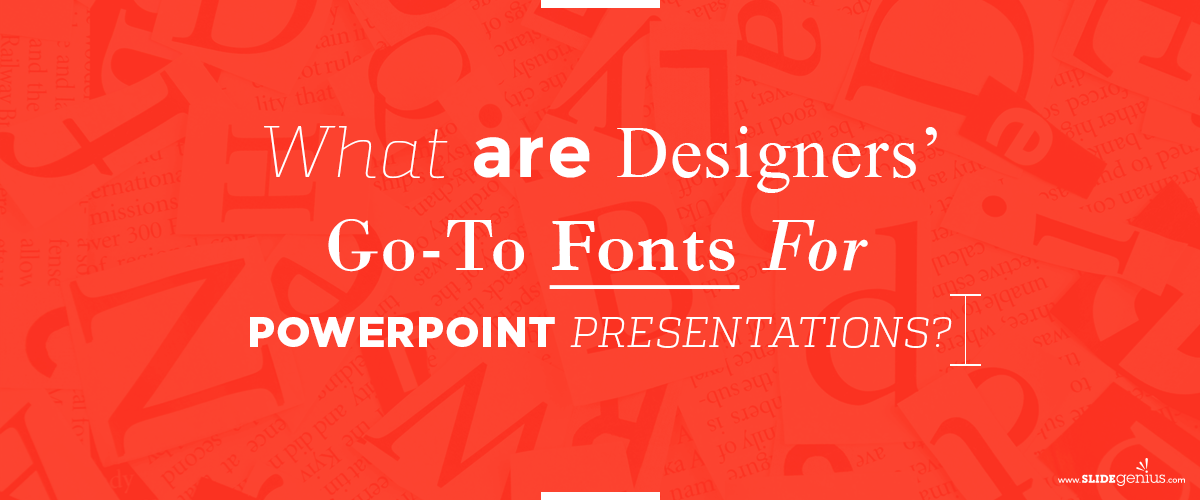In today’s competitive business landscape, your brand is more than just a logo or tagline—it’s the embodiment of your company’s identity, values, and message. One of the most powerful ways to communicate your brand is through your PowerPoint presentations. Whether you’re pitching to clients, presenting to stakeholders, or sharing updates with your team, your brand should be infused in every aspect of your presentation design. A well-branded presentation not only reinforces your company’s identity but also builds trust, recognition, and credibility. Here’s why your brand should be reflected in your PowerPoint design and how to effectively incorporate it into every slide.
Why Branding Matters in PowerPoint Presentations
1. Consistency and Professionalism
Consistent branding across all materials—from your website and social media to your presentations—creates a unified look and feel. When your presentations are aligned with your brand, they reflect professionalism and attention to detail. It shows your audience that you take your brand and message seriously, which can increase their confidence in your company.
2. Memorability and Recognition
A well-branded presentation leaves a lasting impression on your audience. The more consistent your brand elements are across all platforms, the more recognizable and memorable your company becomes. Presentations that incorporate your brand’s unique colors, fonts, and imagery help solidify your presence in your audience’s minds.
3. Emphasizes Identity and Values
Your brand is a reflection of your company’s values, mission, and identity. Including these elements in your presentation reminds your audience who you are and what your business stands for. Branding elements in PowerPoint can communicate a sense of trust, authority, or innovation, depending on your company’s identity.
4. Builds Trust and Credibility
A cohesive, polished presentation enhances your company’s reputation. When your slides reflect a clear and professional brand image, it builds trust with your audience. They’ll perceive your company as organized, reliable, and credible—all factors that can make or break a client or investor decision.
How to Incorporate Your Brand into PowerPoint Design
1. Use Your Brand’s Color Palette
Your brand’s colors are one of the most recognizable visual elements. Incorporating your brand colors into your PowerPoint slides helps create a seamless experience across your various touchpoints.
How to Do It:
- Set a Custom Color Theme: PowerPoint allows you to create custom color themes. Navigate to the Design tab, select Colors, and click on Customize Colors. Input your brand’s primary and secondary colors to establish a consistent palette across all slides.
- Use Colors Consistently: Apply your primary brand color to headings, key elements, and backgrounds, while secondary colors can be used for accentuating details or highlighting data points.
Example:
If your brand uses a blue and green color scheme, make sure that your titles, section dividers, and key visuals use these colors consistently throughout the presentation.
2. Incorporate Your Brand Fonts
Typography is another essential element of branding. Using your brand’s fonts in your PowerPoint presentations ensures visual consistency and reinforces your brand’s personality, whether it’s modern, professional, or playful.
How to Do It:
- Embed Custom Fonts: PowerPoint enables you to embed fonts, ensuring they display consistently across all devices. Go to File → Options → Save and check Embed Fonts in the File.
- Use Branded Fonts for Headings and Body Text: Apply your primary brand font to headings and titles and a complementary font for body text. This creates a clean and readable hierarchy while maintaining your brand’s look.
Example:
If your company uses a sleek, modern font like Lato for branding, ensure that all titles and headings in your presentation use this font, while using a legible body font like Arial or Calibri for larger blocks of text.
3. Add Your Logo Strategically
Your logo is the face of your brand and should be present on your slides, but not in an overwhelming way. Incorporating your logo subtly helps build brand recognition without overpowering the content of your slides.
How to Do It:
- Position Logos in the Header or Footer: Place your logo in a consistent position, such as the top left corner or bottom right corner of each slide. This maintains a branded look without distracting from the main content.
- Use Transparent Logos: A transparent version of your logo can blend seamlessly with slide backgrounds and give a more polished appearance.
Example:
Place a small version of your logo in the footer of each slide for consistent branding without detracting from the main content.
4. Use Branded Imagery and Graphics
Images and graphics help tell your story visually. Incorporating branded imagery or graphics that reflect your company’s style and tone reinforces your brand identity.
How to Do It:
- Custom Icons and Graphics: Use icons and graphics that align with your brand’s design language. Avoid generic stock images and instead focus on images that reflect your company’s mission, product, or message.
- Branded Photography: If your brand employs a specific style of photography, such as minimalist, candid, or high-contrast images, ensure that you apply the same style to your presentation images.
Example:
If your brand uses flat design icons, be consistent with that style throughout the presentation rather than mixing with other styles like 3D icons or illustrations.
5. Create Branded Slide Templates
Using a consistent slide template that reflects your brand’s aesthetic is key to maintaining cohesion across presentations. Branded templates make it easier to create professional presentations without worrying about design inconsistencies.
How to Do It:
- Design Master Slides: PowerPoint’s Slide Master feature allows you to create and customize templates that can be applied across all slides. Customize the layout, colors, fonts, and logos on the master slides to maintain brand consistency.
- Ensure Visual Hierarchy: Organize your templates with a clear title, content, and image placeholders. This ensures that your brand is reflected in every slide while maintaining readability.
Example:
Create a branded title slide with your company’s logo, primary color scheme, and branded font. For subsequent slides, design templates with headers in your primary brand color and accent colors for subheadings.
6. Incorporate Brand Messaging
Your brand’s tone of voice should also come through in your presentation. Whether it’s a formal, corporate tone or a friendly, conversational one, ensure that your written content matches your brand’s messaging.
How to Do It:
- Use Branded Taglines and Slogans: Include your company’s tagline or mission statement on key slides to reinforce your message.
- Maintain Brand Voice: Ensure that the tone of your presentation aligns with your brand voice. If your brand voice is formal, avoid using overly casual language, and vice versa.
Example:
If your brand is known for its innovation, include a slide with your tagline or value proposition to remind the audience of your brand’s purpose and strengths.
7. Be Consistent Across Presentations
Branding isn’t limited to a single presentation—ensure consistency across all presentations, no matter who creates them. Consistency strengthens brand recognition and makes your content appear cohesive.
How to Do It:
- Create a Branded Template Library: Design a set of branded PowerPoint templates that team members can use across the organization. This ensures that every presentation reflects the same level of professionalism and brand alignment.
- Train Teams on Brand Guidelines: Provide employees with guidelines on how to use brand elements such as colors, fonts, and logos in presentations. This ensures consistency, even when multiple people contribute to creating presentations.
Example:
Develop a branded PowerPoint template for different types of presentations—sales, investor updates, internal meetings—that can be used company-wide for uniformity.
Final Thoughts
Branding your PowerPoint presentations is essential for maintaining consistency, professionalism, and recognition in every interaction with your audience. By incorporating your brand’s colors, fonts, logos, imagery, and messaging into your PowerPoint design, you can elevate the impact of your presentation and reinforce your company’s identity. Remember, a branded presentation is not just about aesthetics—it’s about telling your company’s story in a way that resonates with your audience and leaves a lasting impression. Whether you’re pitching new clients, sharing quarterly updates, or presenting to investors, aligning your presentation design with your brand will help you build trust, create engagement, and stand out in the marketplace . Let your presentations be a reflection of your brand’s strength and identity!



